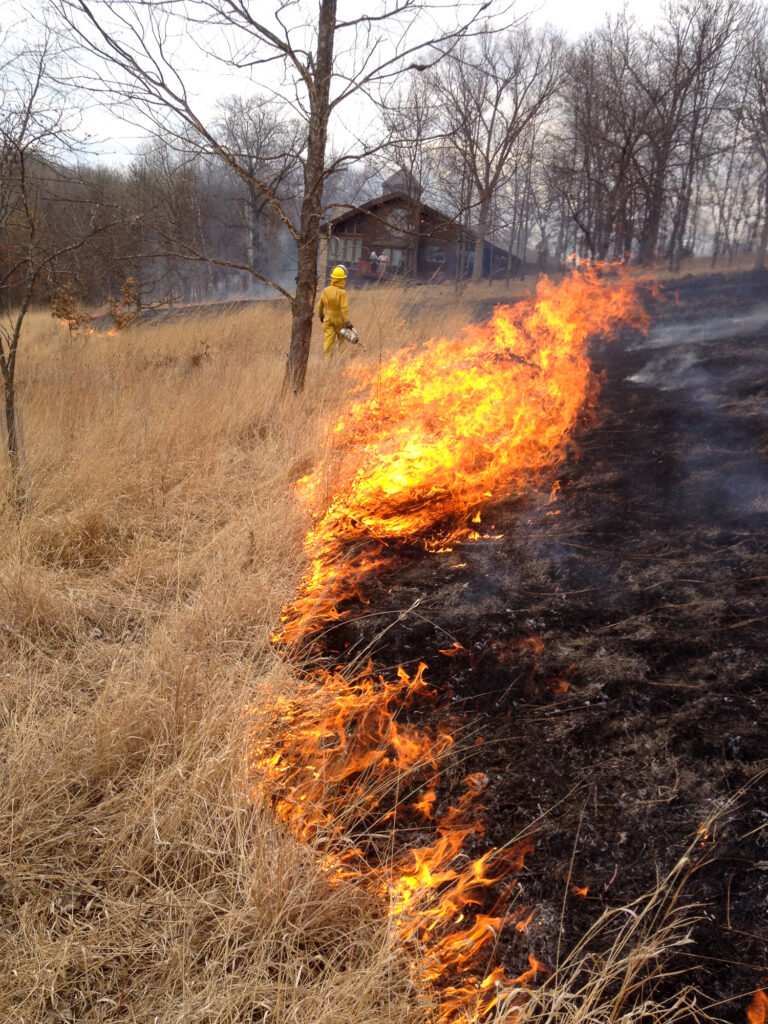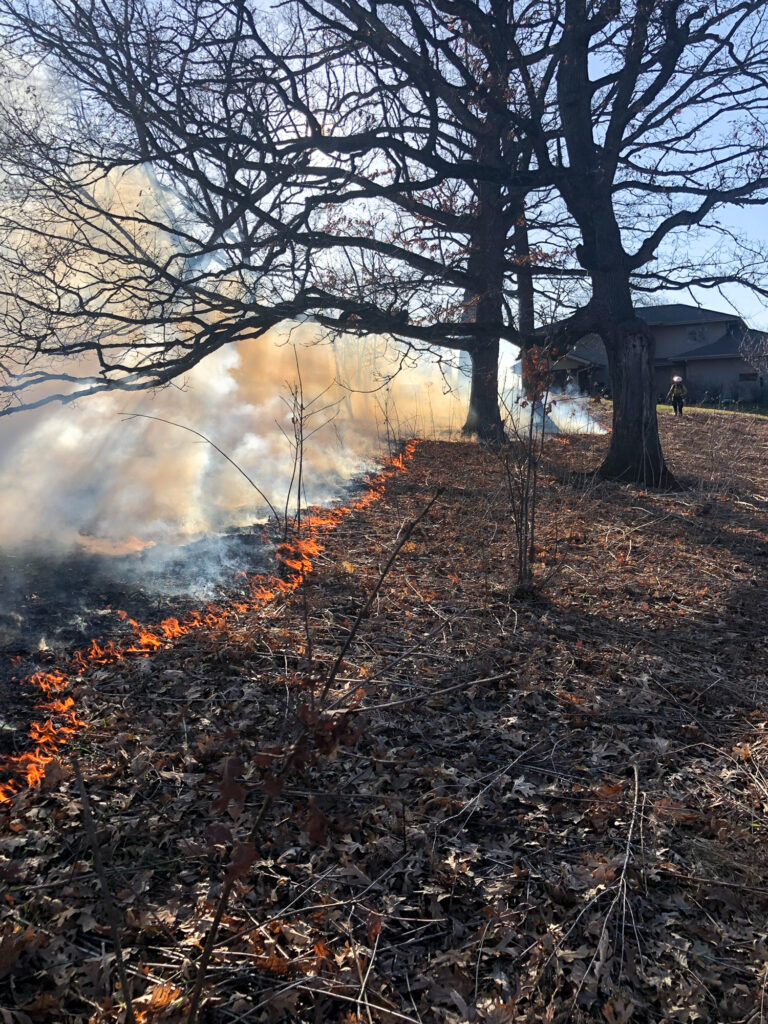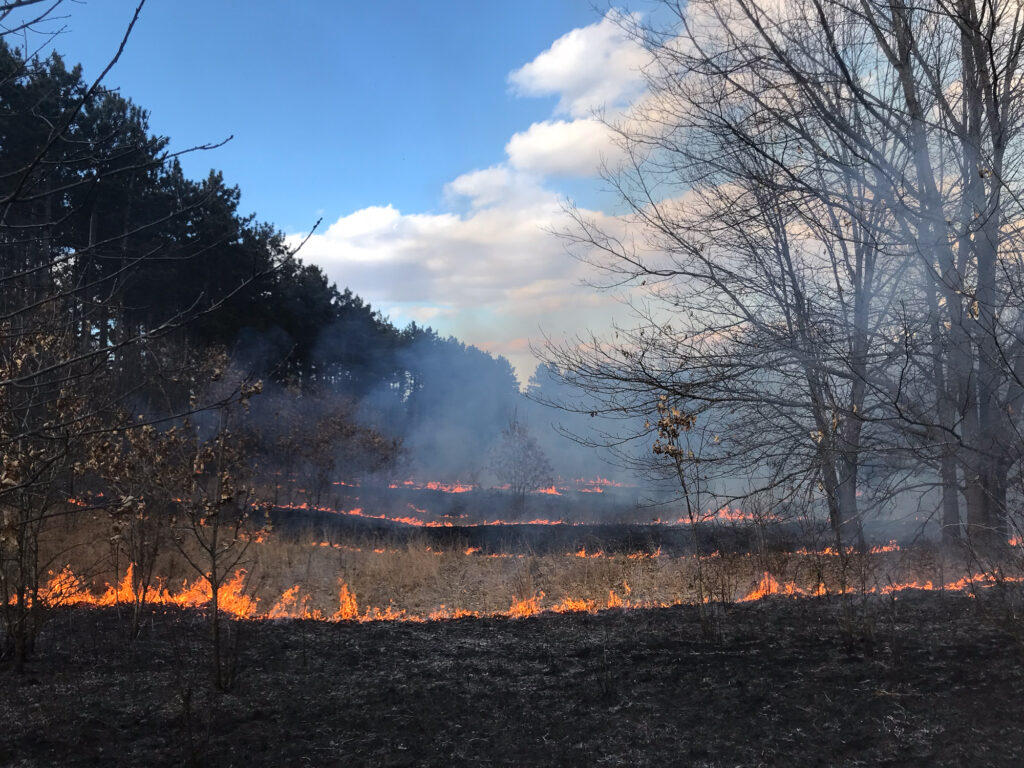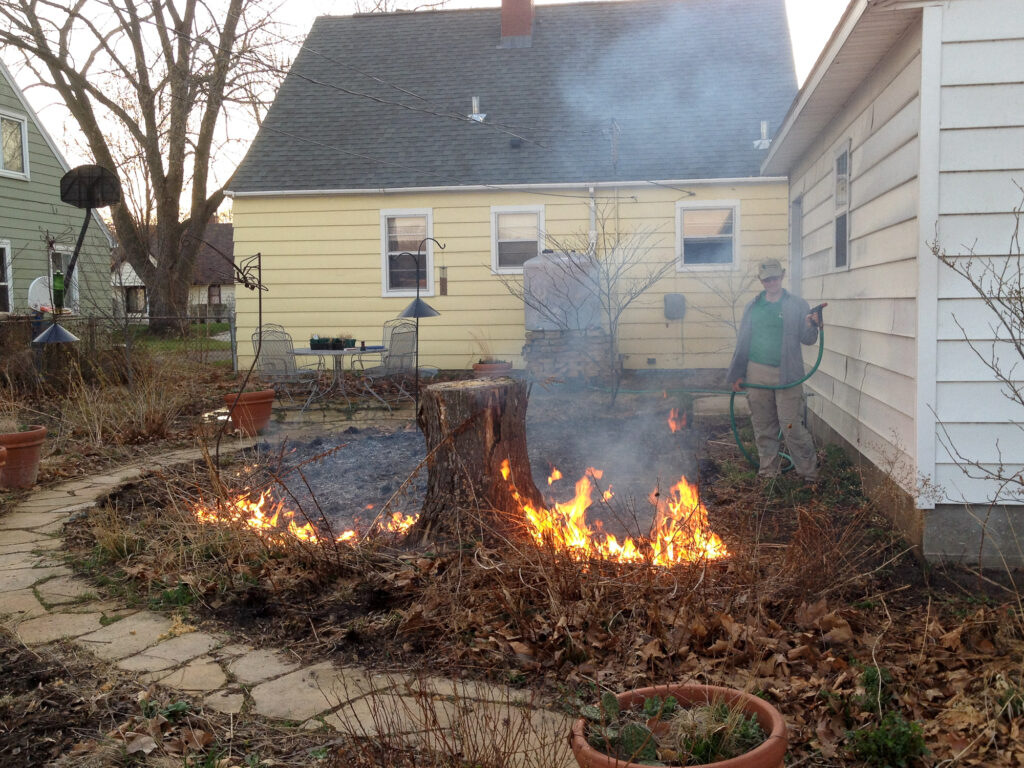Woodland and Savanna Restoration
Oak savannas, which were once the dominant habitat type in southern Wisconsin, are now virtually gone, and nearly all oak woodlands are in a highly degraded state. Impacts include historic cattle grazing, exclusion of restorative fires, and an over-abundance of weedy mesophytic trees that shade the oaks. This has left us with woodlands that have few wildflowers, greatly reduced resources for wildlife, and no young oak trees sprouting to maintain this ecosystem in the long-term.
Most people recognize the problems that invasive plants like buckthorn and garlic mustard pose. But these are as much symptoms of a natural community thrown off-kilter, as they are destructive elements themselves.
I can help you to restore your woodlands to a natural state by not just tackling invasive plants, but also removing upstart weedy trees, reestablishing a prescribed fire regime, and reintroducing the native flowers and grasses that have been lost.


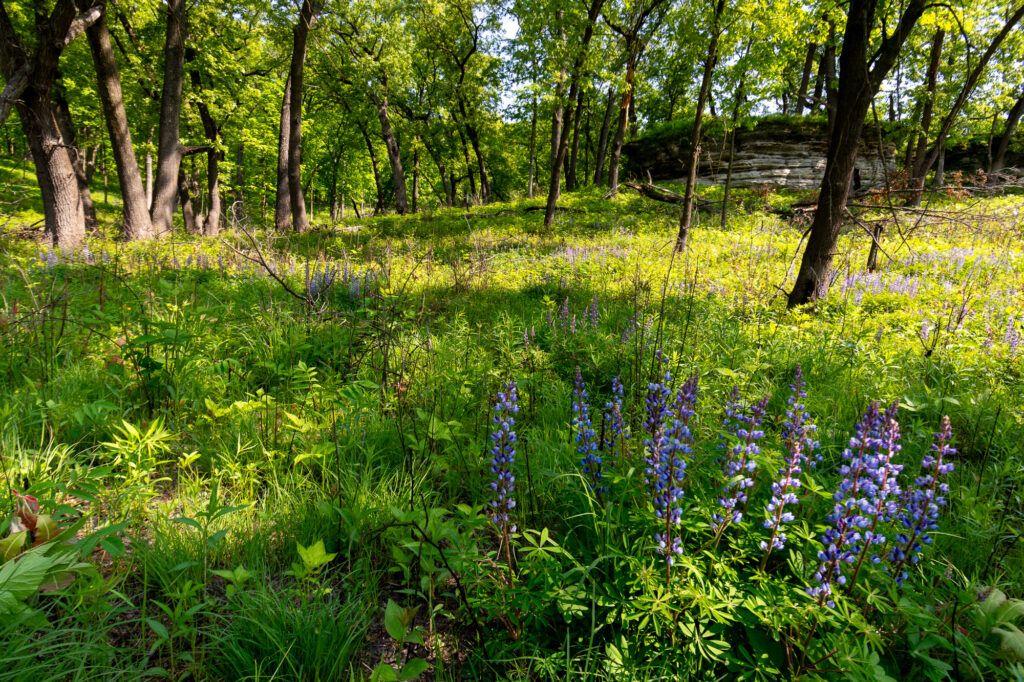

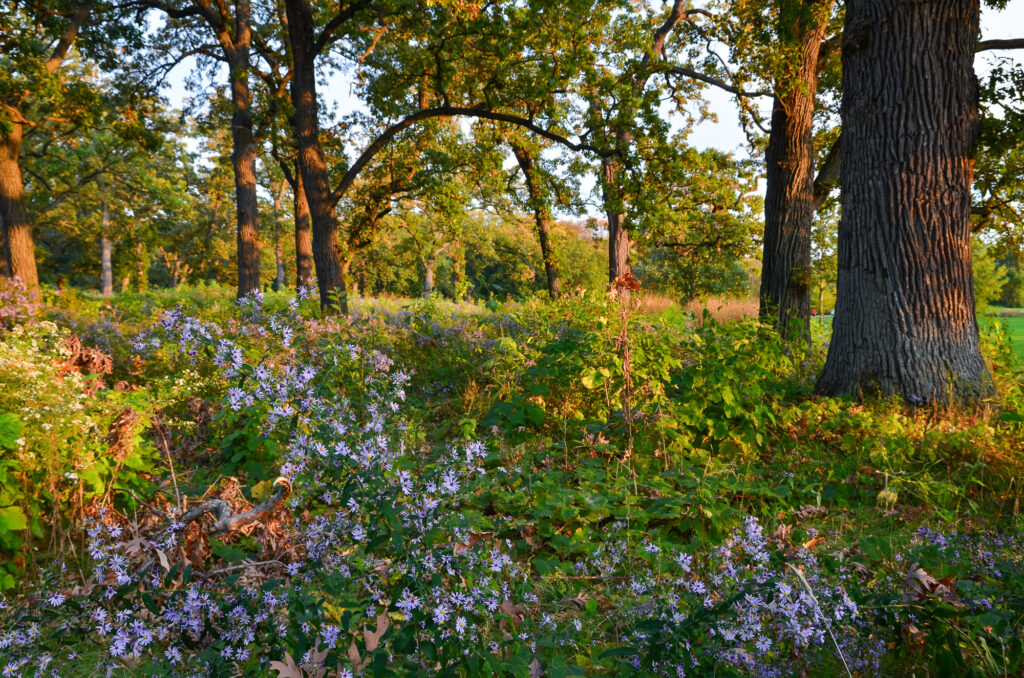
Prairie Planting
There are several key steps to creating a successful prairie planting. Here are the stages we focus on:
- Site evaluation and planning
- Effective site preparation
- Planting a site-appropriate native seed mix
- Stewardship, including managing weeds and conducting prescribed burns
I can guide you through the process based on your specific site conditions and your goals for the project.
Prairie Stewardship
Whether you are fortunate enough to have a remnant prairie, or just a prairie planting that isn’t looking as good as it should, I can restore health to the site through brush clearing, prescribed fire, invasive plant control, and inter-seeding. We’ll get it blooming again!
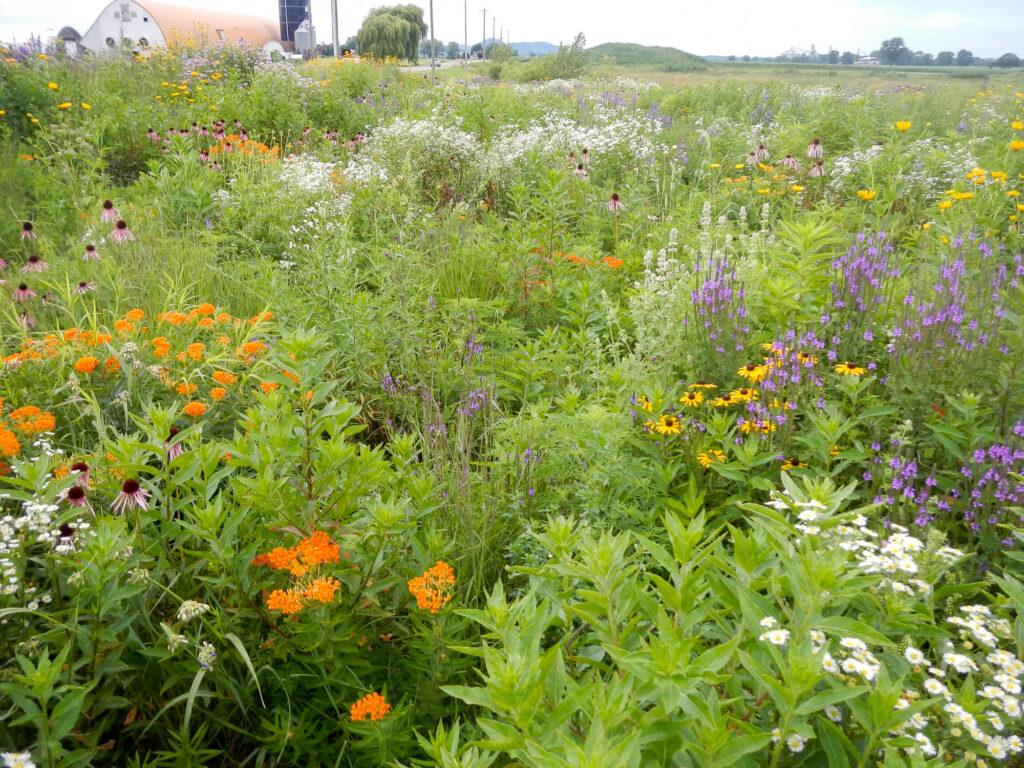

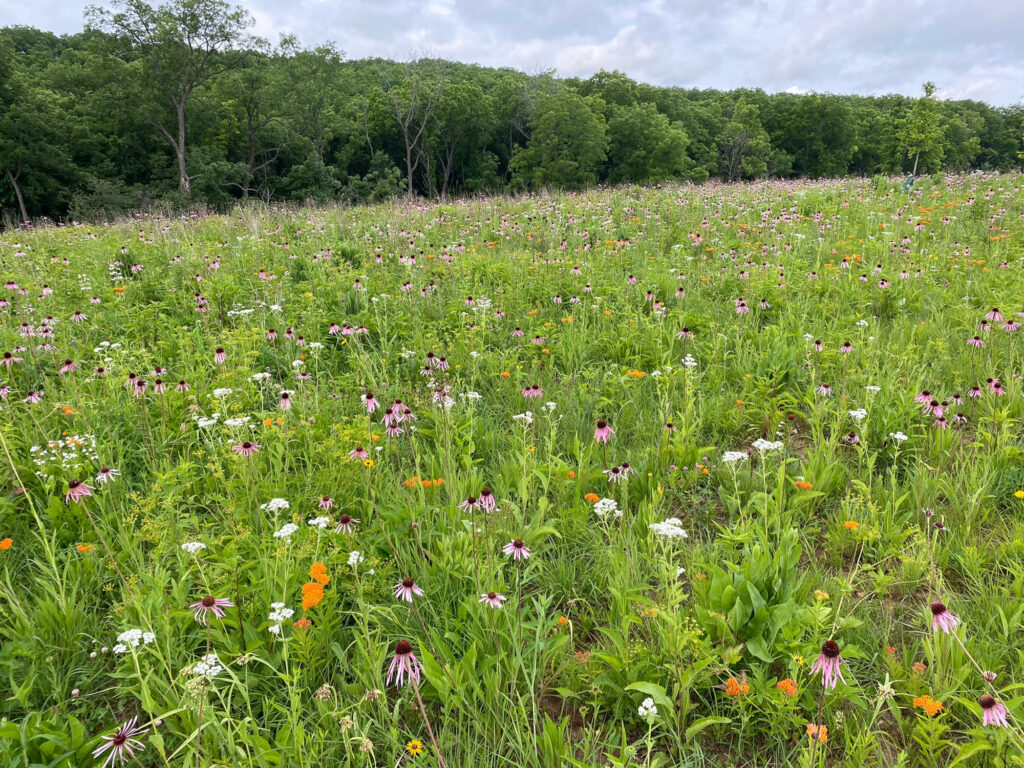

Shoreline Restoration
Shoreline plantings can provide a number of benefits. They prevent runoff from reaching our lakes and streams, keeping our surface water clean. Plantings stabilize the shoreline against the effects of water. They also provide wildlife habitat and aesthetic beauty.
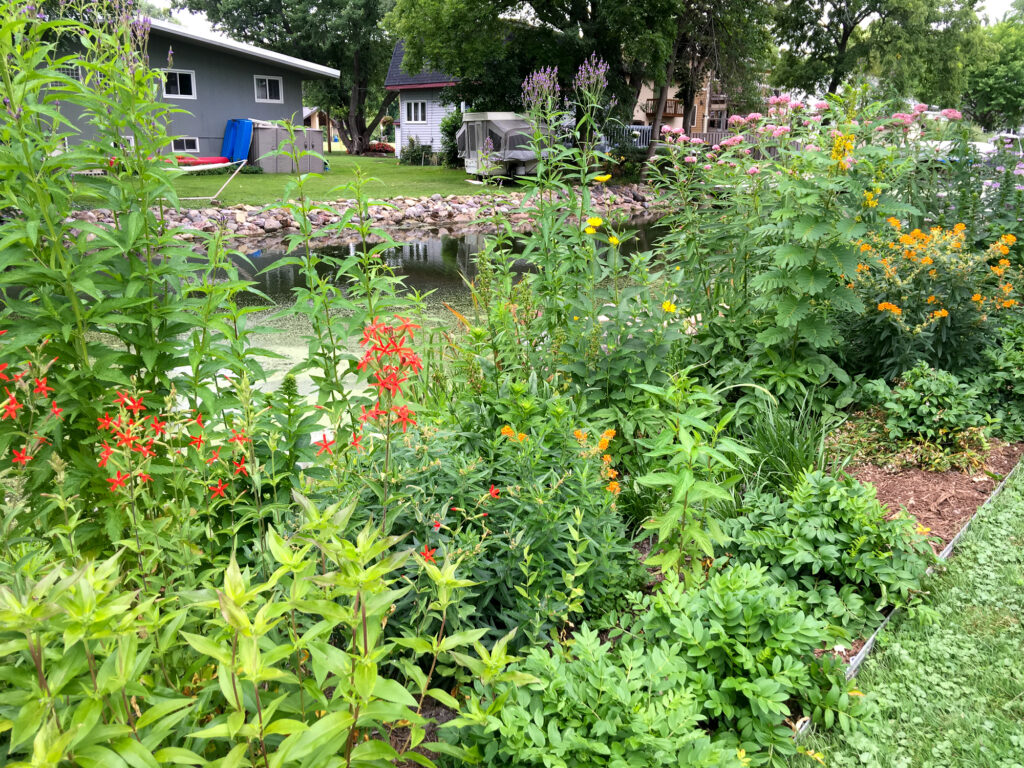
Erosion Control
Many native plants, particularly prairie species and grasses, have deep roots – some reaching ten or even fifteen feet deep into the soil! Because of these robust root systems, re-establishing a vigorous cover of native flora is the best way to stabilize an eroding slope. First we must removing invasive woody plants, weedy trees, and invasive weeds. Then we can apply an erosion control fabric, which acts as a temporary band-aid to stabilize the site. Then we reintroduced native plants by seeds and/or live plants, so they can set-in roots, and lock things down.

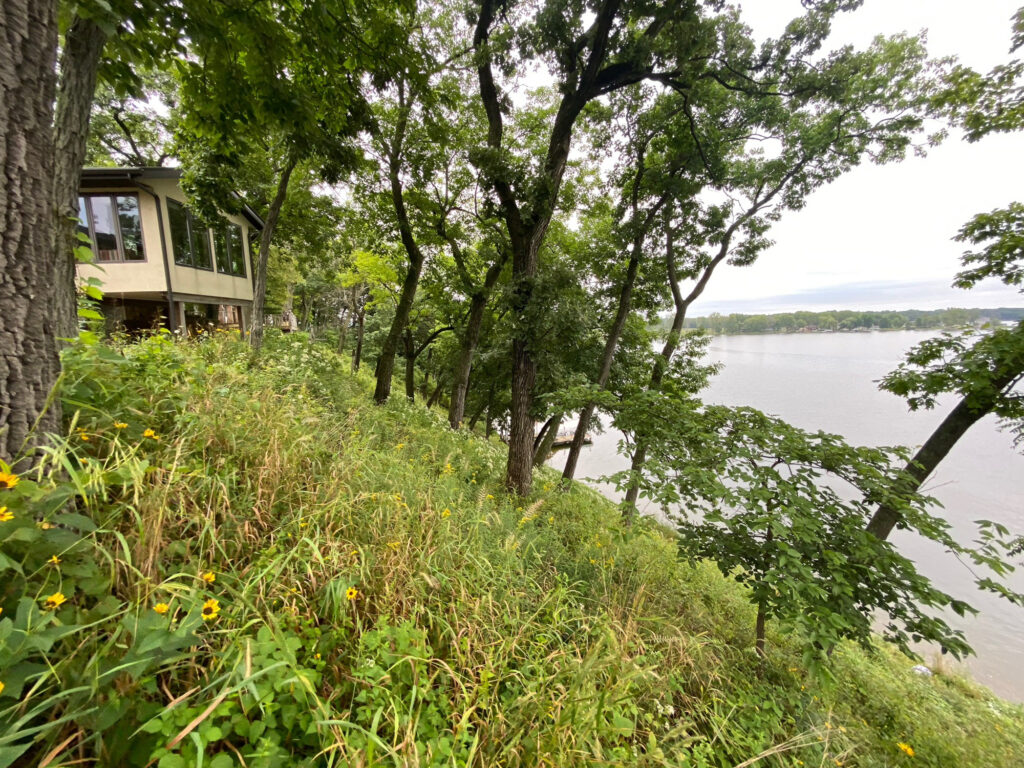

Invasive Species Control
I have been controlling invasive species for over 30 years. I’m experienced in every method of control, from pulling to digging to herbicide application. I can help you to control your weed issue in the most efficient, effective, and environmentally beneficial method available.
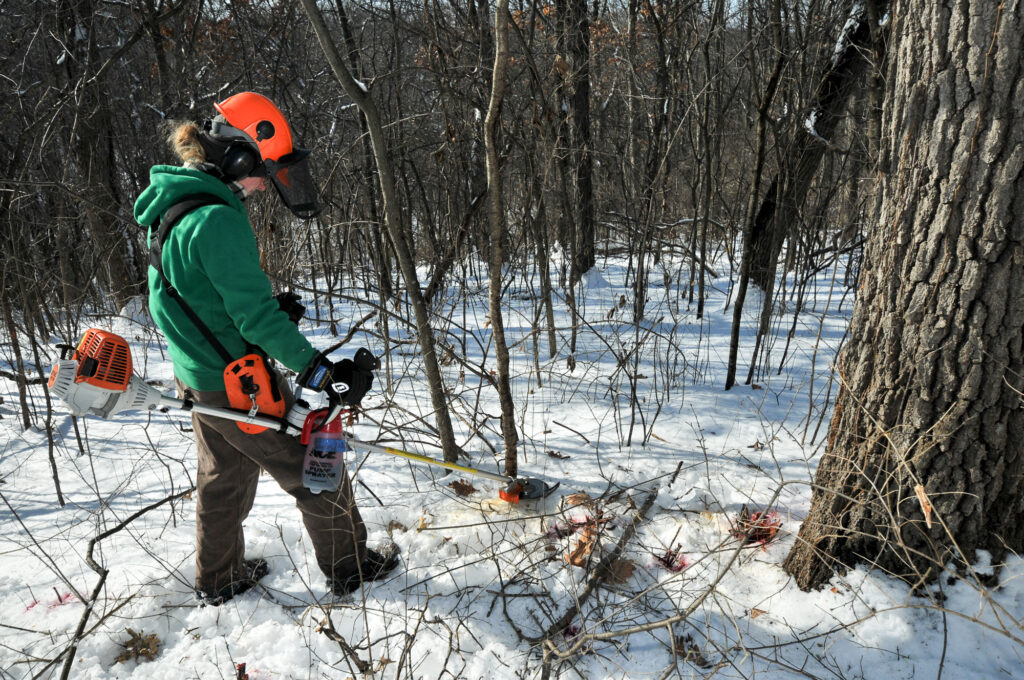
Prescribed Burns
Fire is a restorative element in our prairies, wetlands and woodlands. Prescribed fires are a critical tool in the restoration process. I have over 25 seasons of experience bossing prescribed burns. I can work with you to burn the natural area on your property. I am experienced and willing to do burns of small units in urban areas, and to work with volunteer crews.
